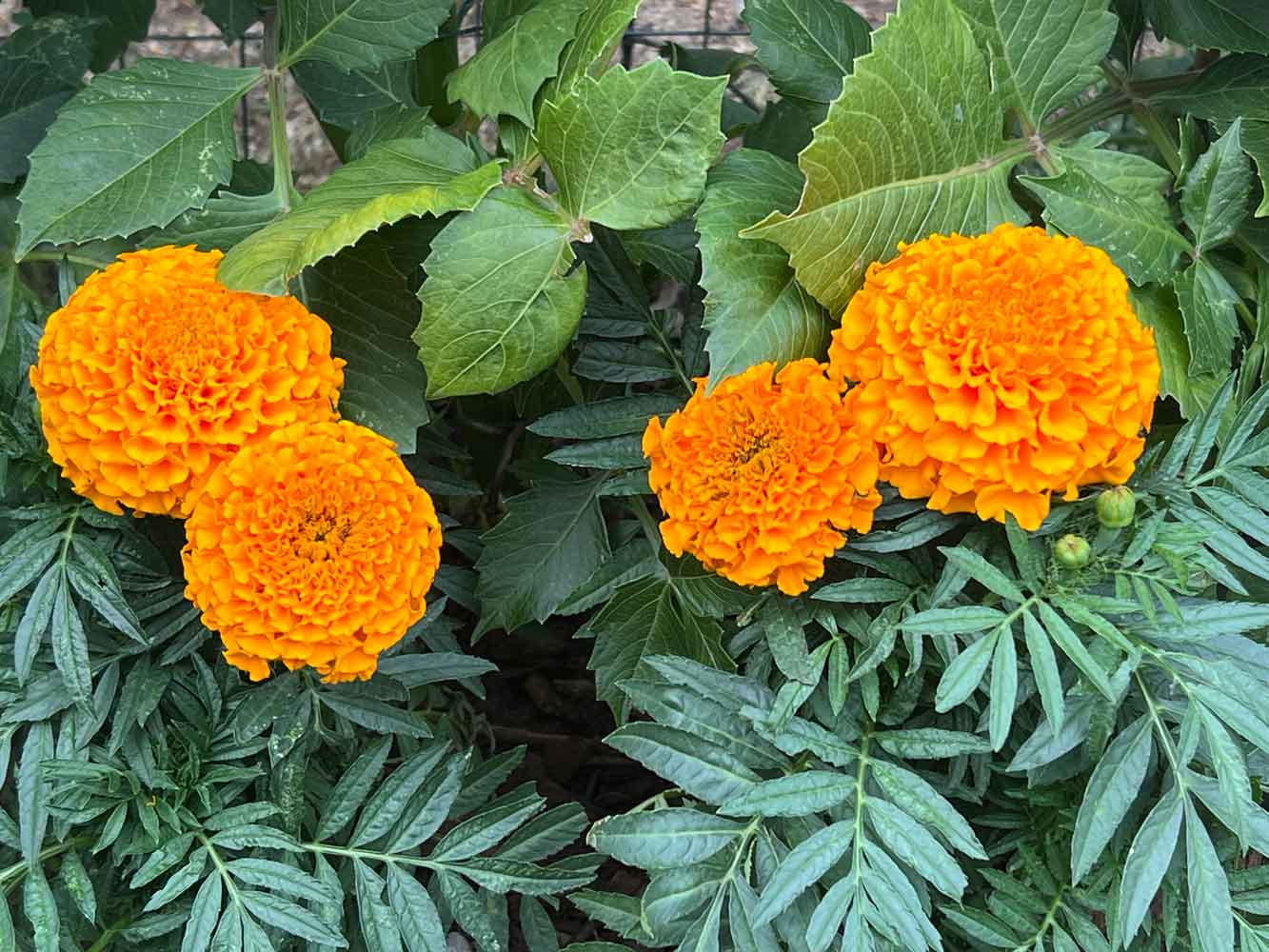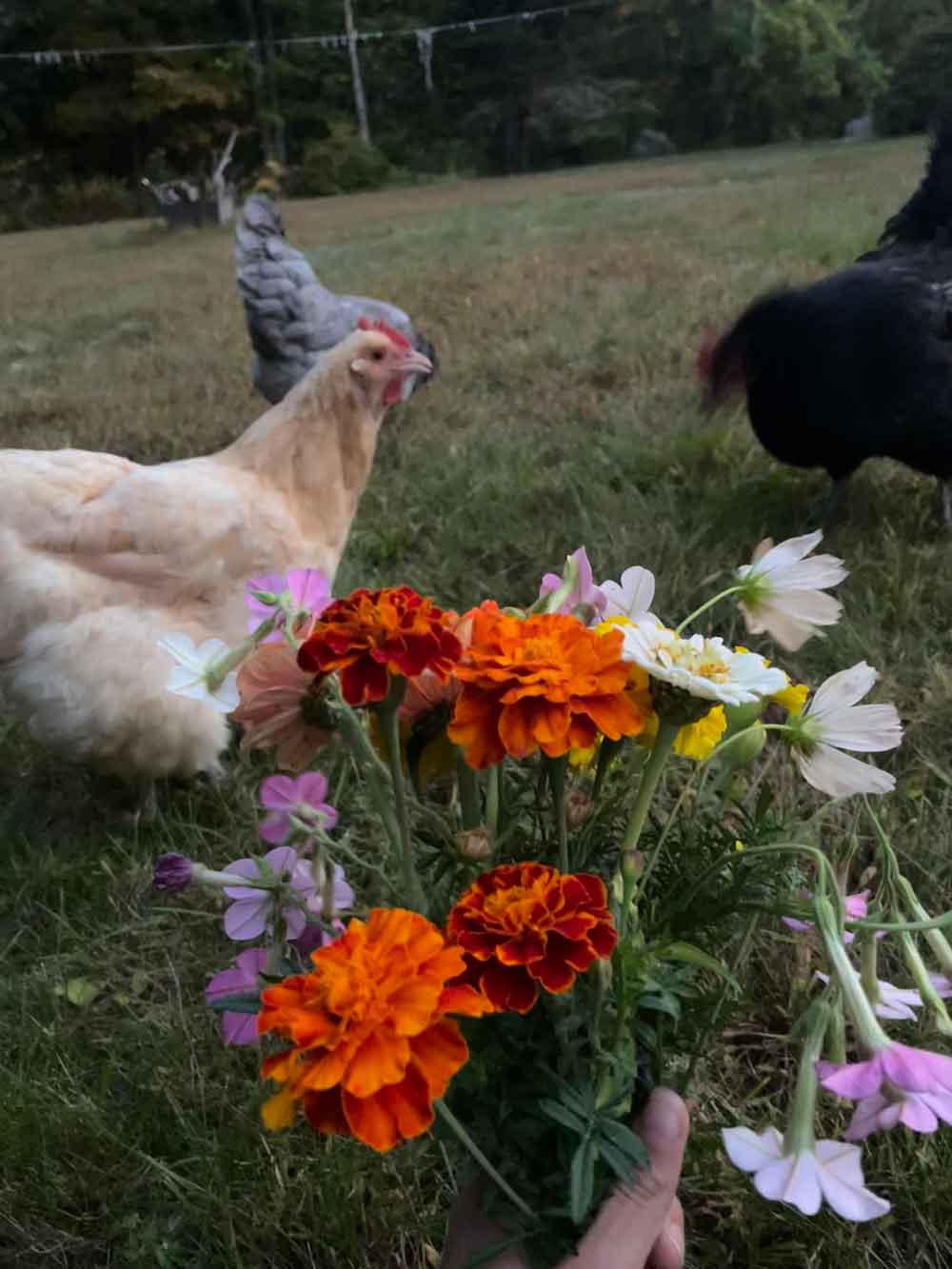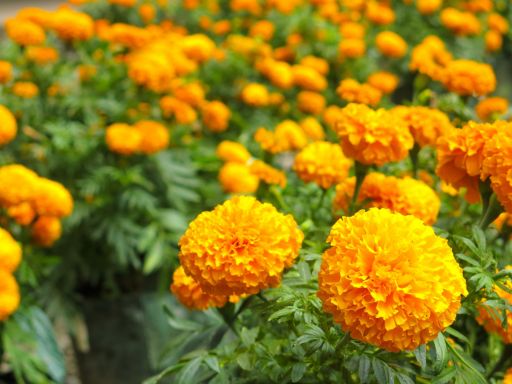About Marigolds
Marigolds, with their distinctive scent, are a mainstay in many flower and vegetable gardens. They provide cheerful and abundant color all season long and are simple to grow from seed. Marigolds are some of the most rewarding annuals you can grow. They’re low maintenance, they’re fast-growing, they repel pests, and they’ll provide you with bright, continuous color until the fall frost.
When to Plant Marigold Seeds
Direct sow marigold seeds after all threat of frost has passed. It’s recommended that you wait approximately one to two weeks after the final frost date. Marigolds can also be sown indoors approximately six to eight weeks before your final frost.
Where to Plant Marigold Seeds
Marigolds are tolerant of most types of soil, and enjoy warm, full sun conditions. Marigolds do best in rich, well-draining soil that remains moist, though once established can be somewhat drought tolerant as well. Keep in mind that if they are planted in cool, or moist locations, marigolds are susceptible to powdery mildew.
How to Plant Marigold Seeds
Marigold seeds require light to germinate, so be careful not to cover them when planting. Learn more about germination light requirements here. Sow marigold seeds directly onto the surface of the soil and firmly compress. Don’t cover your seeds, as marigolds require sunlight in order to germinate.
If starting indoors, fill pots with seed starting mix and sow three to four seeds in each pot. Press the seeds into the soil for good soil contact, and water them well. Do not allow the seeds to be covered by more than ¼ inch of soil. The small pots can be covered with clear plastic to help retain moisture. Place them under grow lights or near a bright south-facing window. Once the seeds have germinated, remove the plastic and continue to keep the soil moist. Harden off seedlings when all danger of frost has passed by bringing them outside for a few hours a day, stretching out this time each day. Learn more about how to harden off seeds here.
Whether direct sowing or transplanting seedlings, space your marigolds 12 inches apart.
How to Care for Marigolds
Once planted, marigolds require very little by way of care. Typically, you only need to water manually if the soil has gotten dry or dusty to the touch, or if it’s been more than two weeks since any sort of natural rainfall. You can increase your blooms significantly by deadheading your spent blooms. Dried, spent blooms can be stored in a dry, cool location that gets minimal exposure to sunlight, and if planted, the seeds in the seed heads can produce additional marigolds the following year.








